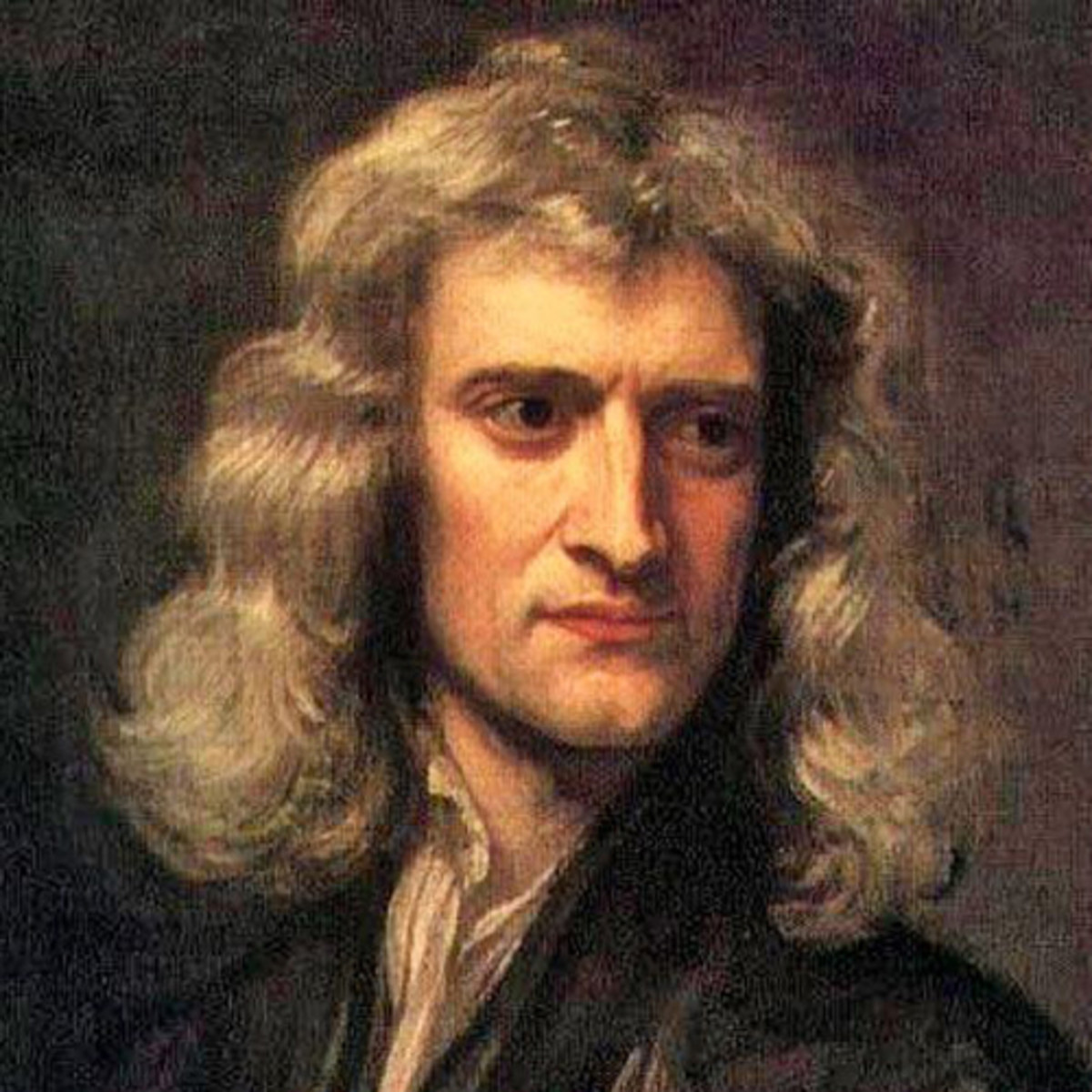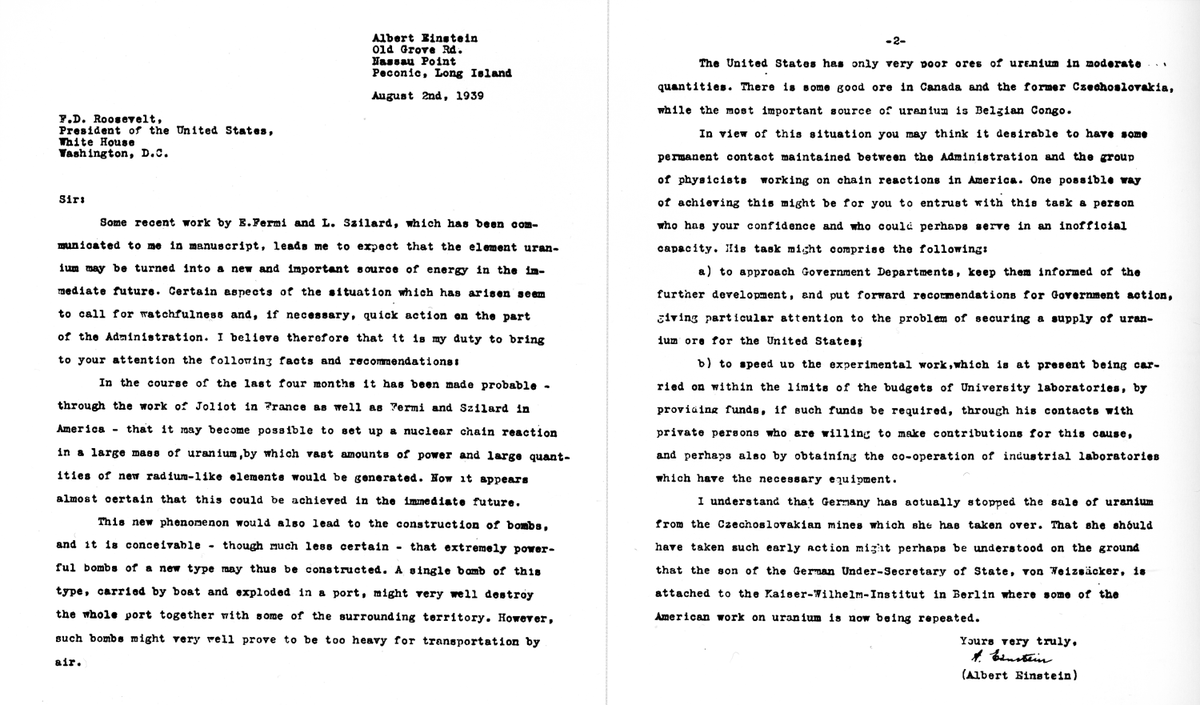
In 1903, Marie Curie became the first woman in France to earn a PhD in physics.
The professors who reviewed her doctoral thesis on radiation declared it “the greatest single contribution to science ever written”.
It’s time for a thread on the “Mother of Modern Physics”👇👇👇
The professors who reviewed her doctoral thesis on radiation declared it “the greatest single contribution to science ever written”.
It’s time for a thread on the “Mother of Modern Physics”👇👇👇
1) Curie (1867-1934) was born in Warsaw, Poland, the youngest of five children.
Although Marie was a prodigy in literature and math, she was unable to attend university in Poland because she was a woman.
Although Marie was a prodigy in literature and math, she was unable to attend university in Poland because she was a woman.

2) Curie thus became a governess until age 24, when she had saved enough to move to Paris.
There, she studied physics and mathematics at the Sorbonne, one of the most prestigious universities.
While studying, she met Pierre Curie, a physics professor, whom she married in 1895
There, she studied physics and mathematics at the Sorbonne, one of the most prestigious universities.
While studying, she met Pierre Curie, a physics professor, whom she married in 1895
3) The same year Curie was awarded her PhD (1903), she also became the first woman to win a Nobel Prize.
She won the Nobel for her discovery of a new chemical element: Polonium.
She was awarded the prize jointly with her husband Pierre and fellow scientist, Henri Bacquerel.
She won the Nobel for her discovery of a new chemical element: Polonium.
She was awarded the prize jointly with her husband Pierre and fellow scientist, Henri Bacquerel.

4) Marie’s breakthrough came while working with a sample of uranite, a mineral which contains radioactive uranium.
She noticed the sample was far more radioactive than expected.
Curie was convinced that another highly radioactive chemical must be present in the uranite…
She noticed the sample was far more radioactive than expected.
Curie was convinced that another highly radioactive chemical must be present in the uranite…
5) Marie and Pierre were eventually able to extract a chemical 330 times more radioactive than uranium from the uranite.
They named this element “Polonium”, after Marie’s country of birth.
They named this element “Polonium”, after Marie’s country of birth.

6) While isolating polonium, the couple noticed an even more radioactive black liquid.
They believed there must be a second undiscovered and highly radioactive chemical present…
They called this unknown element radium.
They believed there must be a second undiscovered and highly radioactive chemical present…
They called this unknown element radium.
7) They were, however, unable to isolate the element before Pierre’s death in a carriage accident in 1906.
Marie continued their work alone and was able to isolate radium in 1910.
For this discovery, she was awarded her second Nobel Prize in chemistry.
Marie continued their work alone and was able to isolate radium in 1910.
For this discovery, she was awarded her second Nobel Prize in chemistry.

8) Curie also found that radium could be used to treat tumors…
Her breakthroughs in radioactivity underlie many modern uses of radiography.
Her breakthroughs in radioactivity underlie many modern uses of radiography.
9) During World War I (1914-1918), Curie became Director of the Red Cross Radiology Service.
Her contributions were no less remarkable than her peacetime breakthroughs.
Curie developed mobile x-ray stations which were used to diagnose and treat battlefield injuries…
Her contributions were no less remarkable than her peacetime breakthroughs.
Curie developed mobile x-ray stations which were used to diagnose and treat battlefield injuries…

10) These mobile x-ray stations became known as “petites Curies” (Little Curies in French).
An estimated one million soldiers were treated using these machines!
An estimated one million soldiers were treated using these machines!
11) Bonus Fact: Marie and Pierre’s first daughter, Irene, followed in her parents’ footsteps…
Irene was awarded the 1935 Nobel Prize in Chemistry—together with her husband Frederic Joliot—for their discovery of artificial radioactivity.
(Marie and Irene are pictured below.)
Irene was awarded the 1935 Nobel Prize in Chemistry—together with her husband Frederic Joliot—for their discovery of artificial radioactivity.
(Marie and Irene are pictured below.)

12) If you learned something, you should check out BrainFeed, the internet’s most interesting email that explains everything you should know in 4-minute bites.
Subscribe for free: brainfeed.co
Subscribe for free: brainfeed.co
• • •
Missing some Tweet in this thread? You can try to
force a refresh







